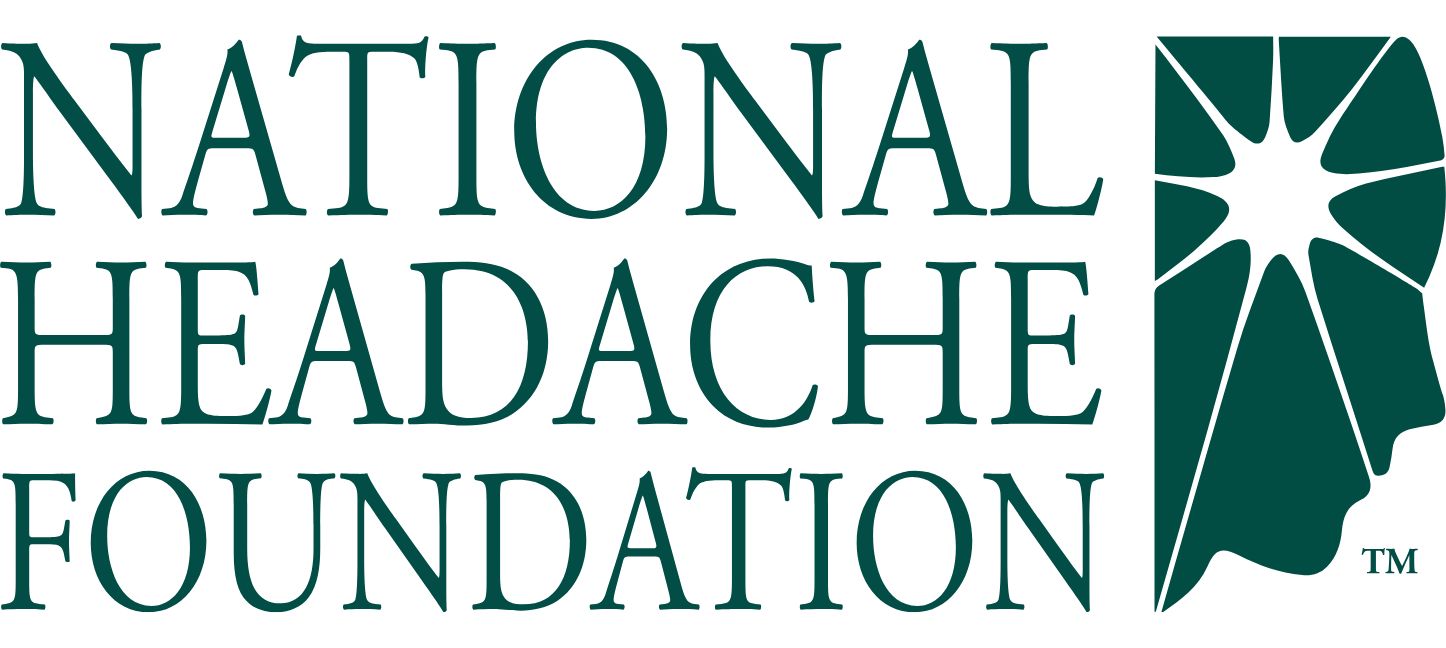Migraine affects around 40 million people in the United States. It’s often misdiagnosed as sinusitis or other sinus issues, muscle spasms, a primary eye problem, temporomandibular dysfunction, or arthritis within the neck.
Migraine episodes are a disease characterized by pain, sensitivity to light, sensitivity to sound, nausea, vomiting, and disability.
In addition to these features, there are four phases of migraine. These phases are how we know migraine is not just a “regular” headache. The four phases include:
- Prodromal phase: characterized by irritability, depression, food cravings, difficulty concentrating, and difficulty sleeping, among other symptoms
- Aura phase: includes neurological symptoms such as changes in vision, numbness, tingling, weakness, or speech changes
- Headache phase: characterized by pain, sensitivity to light and sound, nausea, vomiting, neck pain, and disability
- Postdrome phase: described as feeling hungover and experiencing depression, poor concentration, and difficulty thinking
Migraine can be defined based on the presence or absence of neurological symptoms (migraine with aura versus migraine without aura, respectively).
Migraine can also be defined based on the frequency of headaches:
- Episodic migraine is the likely diagnosis when you experience headaches less than 15 days a month.
- Chronic migraine is the likely diagnosis when you experience headaches 15 or more days a month for at least 3 months.
After other causes of headaches have been excluded and a person describes their headaches as consistent with a diagnosis of migraine, the frequency and length of headaches can be narrowed down.
According to the International Classification of Headache Disorders, a person who has 15 or more headache days a month, of which at least 8 days have migraine features, likely has chronic migraine.
People with chronic migraine are typically more affected in their everyday lives than people who have episodic migraine. The
People with chronic migraine miss more workdays and leisurely activities. They also tend to have more coexisting conditions than people with episodic migraine.
For example, the same study found that depression is 205% more likely in people with chronic migraine compared to episodic migraine. Anxiety is 140% more likely in those with chronic migraine.
Headache is too general of a term to assign it as a diagnosis. Once it is acknowledged that a person has headaches, a doctor can provide a specific diagnosis, such as:
- migraine
- cluster headache
- tension-type headache
- a medical condition that may cause headaches
Each condition has different causes — and for those with migraine, causes may include family history, environmental factors, and mechanisms within the brain itself.
In people with migraine, an area within the brain stem called the trigeminal nucleus caudalis becomes overactive and inflamed. In addition to inflammation, fluctuations in neurochemicals and changes in the blood vessels take place.
Migraine can fluctuate throughout your lifetime. There are times when migraine attacks may be less frequent and times when attacks may be more frequent.
For example, in females, attack frequency may increase:
- right around the first period
- after giving birth to multiple children
- during the perimenopausal period
Risk factors for transforming from episodic migraine to chronic migraine are:
- obesity
- overusing as-needed medications
- sleep difficulties, such as sleep apnea and insomnia
- depression
- anxiety
Treatments change depending on if you have episodic or chronic migraine.
There are several categories of treatments:
- Preventive treatments are meant to prevent attacks before they happen.
- Rescue or abortive treatments are used when you have an attack.
- Integrative medicine treatments are natural approaches that can be added to mainstream therapies.
If you have 4 or more migraine headache days a month or any number of days that migraine symptoms interfere with daily activities, then you would qualify for preventive treatment, rescue treatment, and natural approach.
Preventive treatments for migraine are meant to prevent and treat migraine in people who have 4 or more headache days a month. They can be daily medications in tablet form or monthly or quarterly injections or devices.
Classically, beta-blockers, seizure medications, and antidepressants have been used for migraine prevention. While the mechanism by which these medications work for migraine is unknown, there are some theories.
Topiramate, for example, is thought to calm overactive cells, which may lead to migraine attacks. Antidepressants such as nortriptyline adjust neurochemical levels in the brain, such as serotonin and norepinephrine.
The only treatments that have been approved by the Food and Drug Administration (FDA) to prevent and treat chronic migraine are:
- botulinum toxin A (Botox)
- calcitonin gene-related peptide (CGRP) monoclonal antibodies, which block CGRP, including:
- galcanezumab (Emgality)
- erenumab (Aimovig)
- fremanezumab (Ajovy)
- eptinezumab (Vyepti)
When might my doctor recommend preventive treatment for migraine?
If you experience 4 or more headache days a month or any number of headaches that keep you from your daily activities, your doctor may recommend prevention.
Preventive approaches will also vary based on your coexisting medical conditions, whether you are pregnant, and what you do for a living. Your doctor should discuss the risks and benefits of treatments with you.
Are preventive treatments appropriate for episodic migraine?
It’s ideal to prescribe preventive and acute treatments for migraine while you have episodic migraine and before it transforms into chronic migraine. Once you develop chronic migraine, it’s much more difficult to treat.
In many cases, you may need more than one preventive treatment to get your headaches under control. There’s evidence to suggest that different preventive treatments may work synergistically to provide an extra reduction in migraine days.
Once you’re headache-free or close to headache-free for 4 to 6 months, your doctor may discuss tapering preventive medications with you.
This is variable depending on the treatment. Daily medications may have more side effects than a monthly or quarterly injection, device, or natural treatment. For example:
- The anti-seizure medication topiramate can cause some trouble finding words, tingling in the hands, and weight loss, especially while the medication is being increased.
- Antidepressants may cause dry mouth, elevations in blood pressure, fatigue, sleepiness, and changes in mood.
- Injectable CGRP treatments may cause injection-site reactions or allergic reactions.
Medication labels include a list of safety warnings that should be reviewed in detail with a clinician before agreeing on a treatment plan.
Deena Kuruvilla is a neurologist who’s passionate about all things headache. She has made it her life’s mission to treat, educate, and bring awareness to headache conditions such as migraine. She is the director of the Westport Headache Institute and has conducted research on medical devices, complementary and integrative medicine, and procedures for headache treatment. She has been featured in Prevention Magazine, Neurology Today, the Hartford Courant, and The Wall Street Journal. She lives in Fairfield, Connecticut, with her husband and two children and loves watching “The Masked Singer” with her family. Connect with her on Facebook or Instagram.







